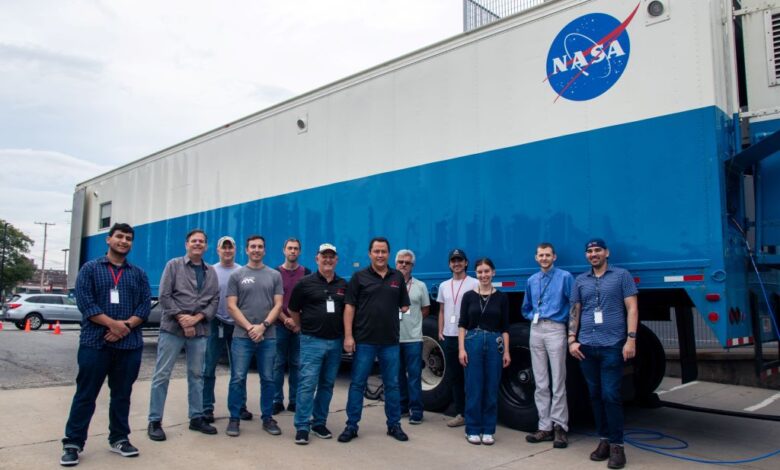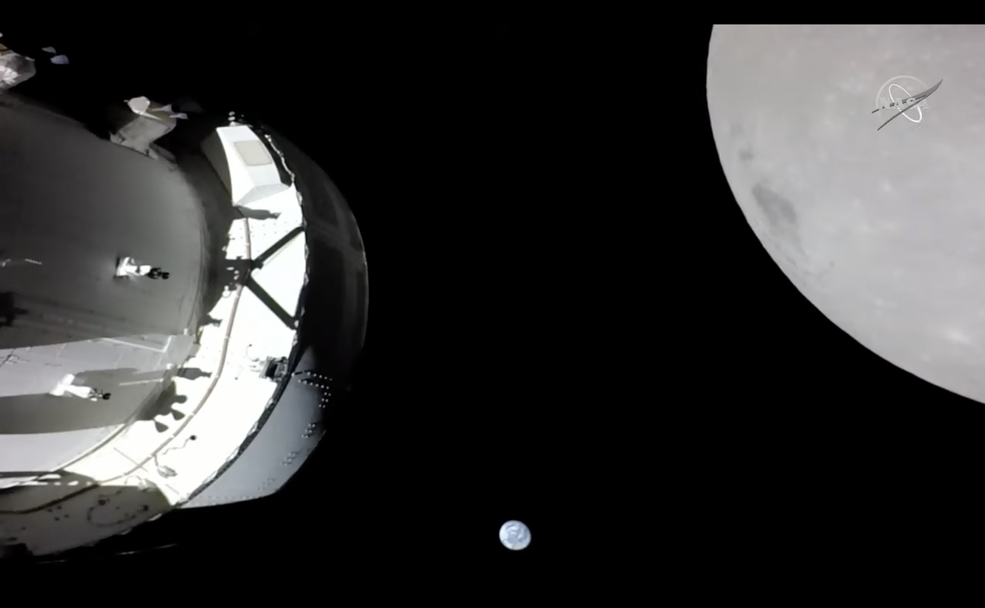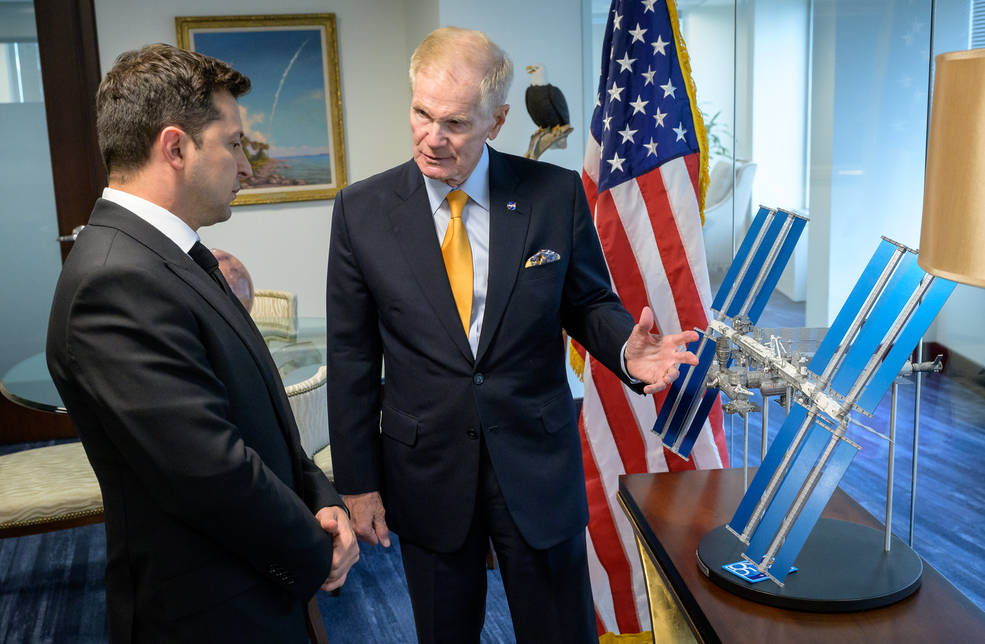NASA
Griffin Mission One Ground Testing with NASA’s Deep Space Network a Success

| The Deep Space Network (DSN) managed by NASA’s Jet Propulsion Laboratory (JPL) successfully completed end-to-end test communications with Astrobotic’s Griffin lunar lander, an important milestone to demonstrate the lander’s compatibility with space-to-ground communications that will occur during Griffin Mission One (GM1)’s journey to the lunar surface. After GM1 separates from SpaceX’s Falcon Heavy rocket, the lander will utilize DSN’s antennas in Canberra, Australia; Madrid, Spain; and Goldstone, California. These dishes are the same suite used to communicate with Astrobotic’s Peregrine Mission One (PM1) during its 10-day mission through cislunar space, as well as historic NASA missions like the James Webb Space Telescope, New Horizons, Parker Solar Probe, InSight, Juno, and MAVEN. “Astrobotic worked closely with NASA’s JPL staff to complete this significant test with DSN and Griffin’s communication systems including flight avionics, ground support software, and mission ops infrastructure,” said Steve Clarke, Astrobotic’s Vice President of Landers & Spacecraft, “Seeing Griffin successfully pass commands and receive telemetry using the DSN network really energized our team for the next crucial phases of development and testing before we launch next year.” |
 |
| Image: Astrobotic’s Olivia Gustafson and John Scalzo place the Griffin Mission One patch on NASA’s DSN mobile unit’s wall as testing concludes. |
| The Griffin lander continues its assembly and testing at Astrobotic’s headquarters and is currently scheduled for its launch from Cape Canaveral, Florida in 2025. DSN will provide the connection to enable Astrobotic staff to command GM1, receive images and scientific information back from the lander, and support continuous radio communication between the spacecraft and Earth. “Hitting these major program milestones for Griffin Mission One confirms the technical capabilities of our team, many of whom just overcame huge obstacles to keep Peregrine flying for over ten days in space earlier this year,” said Clarke, “Griffin’s avionics and communications systems were put through their paces during this three-week test campaign and confirmed the spacecraft can successfully transmit data and receive commands through DSN and to Astrobotic’s Mission Control Center.” |
| About Astrobotic Astrobotic is an innovative aerospace and defense contractor at the forefront of advancing space exploration and technology development. Our expertise spans a wide range of advanced technologies, including suborbital rockets, orbital spacecraft, and lunar spacecraft and surface infrastructure. To date, Astrobotic has won more than 60 NASA, DoD, and commercial technology contracts collectively worth more than $600 million, including two lunar lander missions. We recently launched and operated the first American lunar lander mission since the Apollo Program. Beyond helping lead America back to the Moon, Astrobotic develops and operates reusable vertical takeoff, vertical landing (VTVL) rockets and advanced rocket engines. Established in 2007, Astrobotic is headquartered in Pittsburgh, PA, with a propulsion and test campus in Mojave, CA. www.astrobotic.com |





